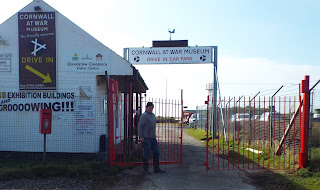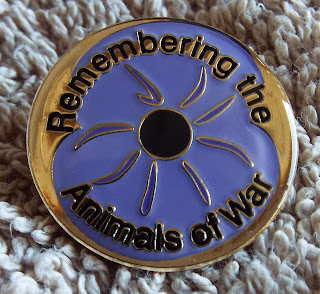Getting ready for the 2018 season

If I thought last week was cold it was nothing compared to yesterday. The thermometer on the car said 2 degrees, but with the easterly wind chill factor it must have been around minus 10 degrees. However, we all battled on as it's only a few weeks until the 2018 season begins. All the painting is nearing completion, items have been cleaned and repaired where necessary and displays are beginning to be put back together. The entrance gates have had a new lick of paint and are now bright red. You really can't miss them now. The days that we are open are coloured in green on the calendar shown below, (please click on the calendar to enlarge it) and the hours are 10 a.m to 5 p.m. The last entrance time is 4.15 p.m, but that really doesn't give you enough time to do the museum justice. You really need a minimum of 2 - 3 hours, but a whole morning or afternoon is best. We have our "NAAFI" on site where you can get teas, coffees, cold drinks, crisps and biscuits. ...


